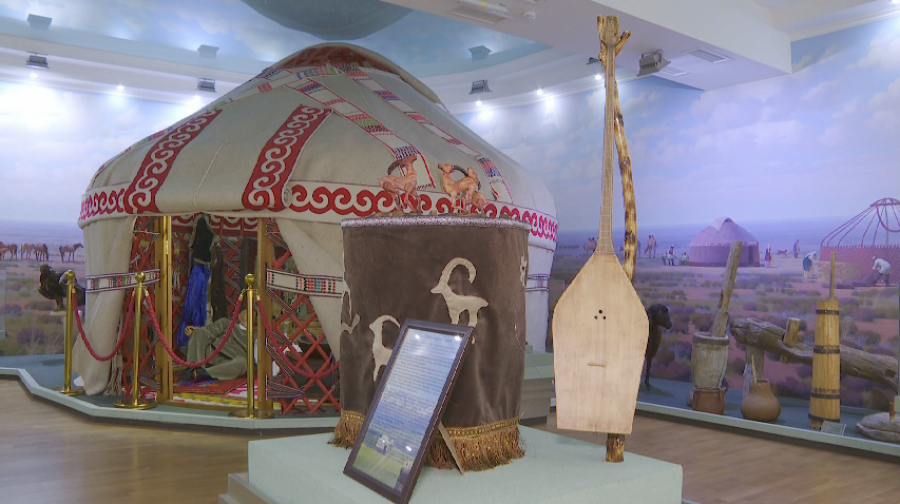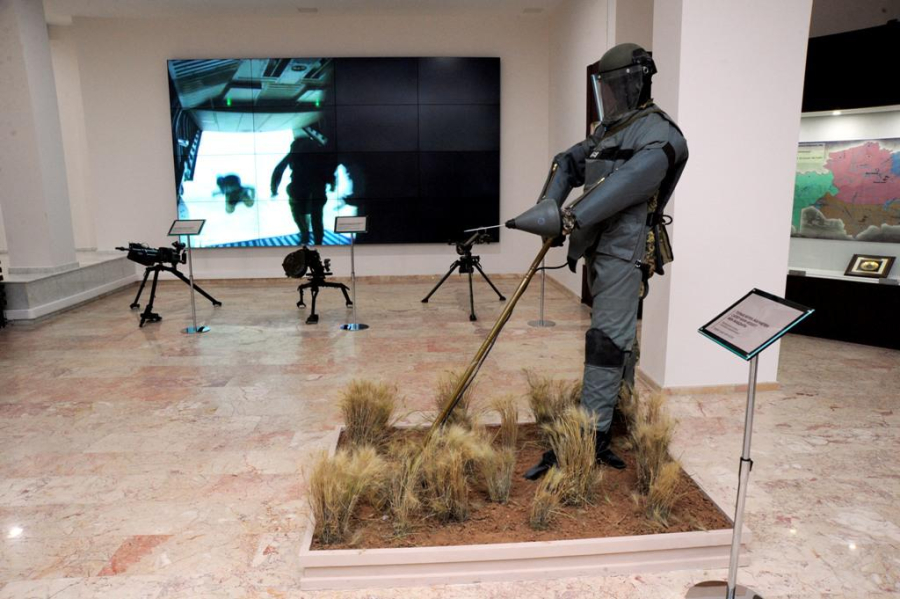‘Two-headed dombyra’ attracts attention of scientists from all over the world

A copy of one of the oldest musical instruments, the two-headed dombyra, was presented in Kyzylorda. The find dates back to the fourth century AD. The instrument was discovered back in 1973 during excavations in the medieval settlement of Zheti Assar in the Kyzylorda region. The original is kept in Moscow in the State Museum of the Oriental Art.
“Azilkhan Tazhekeyev, a well-known archeologist in our country, visited the Russian museum, conducted special research and managed to manually assemble a musical instrument from the found fragments. It was he who determined that it was actually a two-headed dombyra. This news was a big scientific discovery. Since the artifact was discovered in our region, we decided that our museum should have a copy of this dombyra,” said Aigerim Bekkuliyeva, Spokesperson for the Museum of Local History in the Kyzylorda region.
In his works, Tazhekeyev wrote that before that it was the find in Mongolia that bore the title of the oldest instrument. However, according to the scientist, that dombyra belonged only to the seventh century BC. Many of Tazhekeyev's works on this topic have been translated from Kazakh and published in European and Israeli scientific journals.
“These articles were published in high-rated journals. The Kazakh find is similar to the lyre found in the large mound necropolis of Sutton Hoo located in the English county of Suffolk. But the Kazakh find is three centuries older than the English one. The striking similarity of the two instruments is a real breakthrough. This is one of the proofs that the artifact found on our land is linked to Europe,” said Azilkhan Tazhekeyev, PhD Candidate in History.
The famous find once again proves that it was on the Kyzylorda land that the national traditional music culture was once born.
Translation and Editing by Assem Zhanmukhanova









